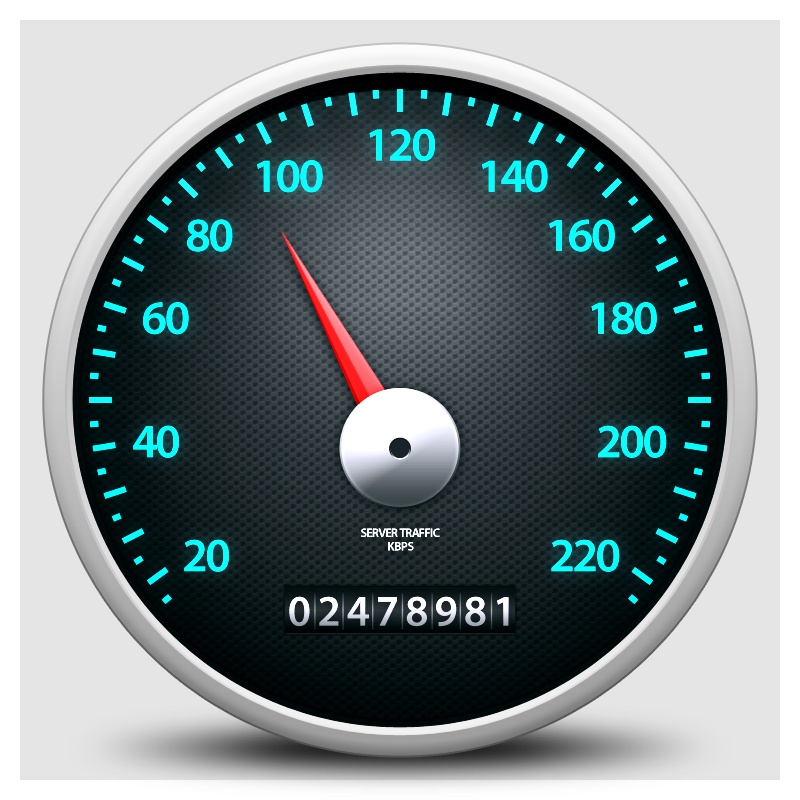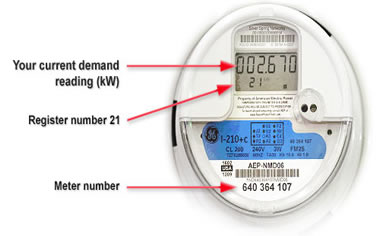| POWER FACTOR [’pau·’r ‚fak·t’r] -n A ratio of the apparent power delivered (kVA) and the actual amount of power used (kW). Power factor is an indication of efficiency. |

|
HOME | ABOUT US | FAQ | SERVICES | POWER FACTOR FACTS | UTILITIES WITH PF CHARGES | CONTACT US | PRODUCTS | |
Demand/Delivery and Power Factor Facts
The part of the service your local utility will always directly charge for is the “Demand” and/or the “Delivery”. There are as many ways of calculating and charging for the electrical product they deliver To help understand the difference between the Demand/Delivery charges and the Energy/Supply charges (kWh) we'll compare them to the speedometer/odometer of Regardless of whether you travel 1 mile or 1000 miles, if the speed never goes above 10 MPH the demand will never go above 10. However, if there is a need to pass a slow moving truck and increase speed up to 60 MPH for a few minutes to do so, the demand will increase to 60 regardless of the distance traveled.
|
|
Many of these utilities have built into their Demand or Delivery rates a way of charging for power factor. More and more utilities are adding a cost for low power factor to their rates or tariffs and it is difficult at best for us to keep up with over 3000 companies resulting in more than 10,000 different rate classes. In an effort to get a handle on the issue we continuous search the web sites of as many utilities as we can that have that include detail rate explanations to add to our list of Utilities with Power Factor Charges. A partial list of the utilities known to us that have one or more of their electrical rates include a charge for low power factor can be found here . IF YOUR UTILITY IS ON THE LIST YOU SHOULD LET US KNOW, if not it may mean that we haven’t checked it yet and you still could be paying a penalty, so you should let us help.
1. Do you have a low power factor? 2. Does your local utility charge for low power factor? In some cases one or both apply so an improvement would not save you any money in that case. You would think this doesn’t need to be said but there are many companies out there that will try to get you to believe that a power factor correction device will benefit anyone and everyone but THIS IS NOT TURE so don’t be fooled. However there are secondary benefits such as electrical system capacity increase and voltage improvements that can be achieved by correcting a low power factor even if your not paying a penalty. If you experiencing low voltage or system capacity issues, a power factor may solve these problems. However, if the answer is yes to the two questions, a properly performed power factor correction project using a high quality Power Factor Correction Capacitor Equipment such as ours can save The cost for us to perform a “quick PF report” for you to determine this is only $73.00 and can save you thousands! Please contact us for more information of simply fill in the Contact Us form and returning it or send us an email.
See if EPowerFactor can cut your demand/delivery cost >> |
|
|---|---|
| Copyright © 2013 E Power Factor | 95 Court Street | Plymouth MA 02360 | 508.747.4744 | Sitemap |

 as there are utility companies. The majority of the local electrical utilities exist only to deliver the product (electricity) and do not manufacturer (generate) it. They are known as distribution only utilities. Organizations like UPS, FedEx and the US Postal Service have something in common with distribution only utilities in that they are delivering a product (kWh’s), you may have purchased elsewhere from a third party “supply” company.
as there are utility companies. The majority of the local electrical utilities exist only to deliver the product (electricity) and do not manufacturer (generate) it. They are known as distribution only utilities. Organizations like UPS, FedEx and the US Postal Service have something in common with distribution only utilities in that they are delivering a product (kWh’s), you may have purchased elsewhere from a third party “supply” company.  your car. The speed odometer is relative to the demand/delivery and the odometer is relative to the kWh/supply.
your car. The speed odometer is relative to the demand/delivery and the odometer is relative to the kWh/supply. T
T
 enough money on your electrical bill to recover the cost of improving Power Factor in 12 to 24 months and last for decades.
enough money on your electrical bill to recover the cost of improving Power Factor in 12 to 24 months and last for decades.